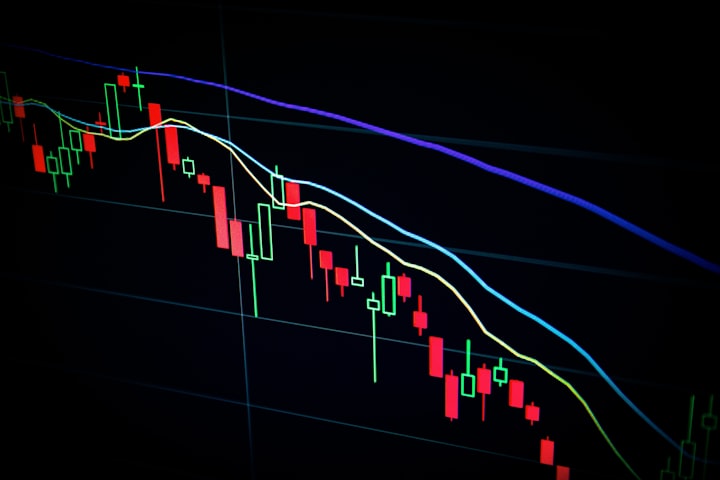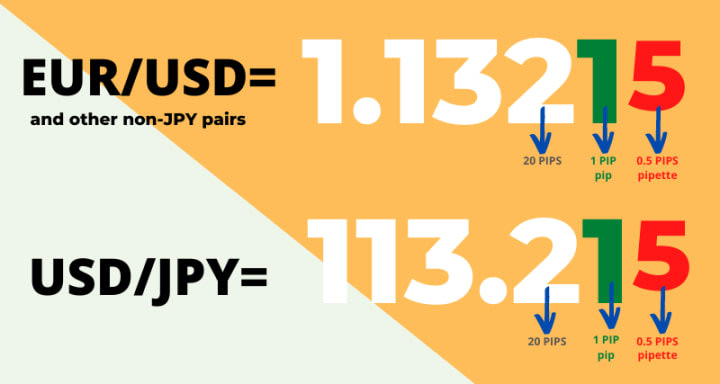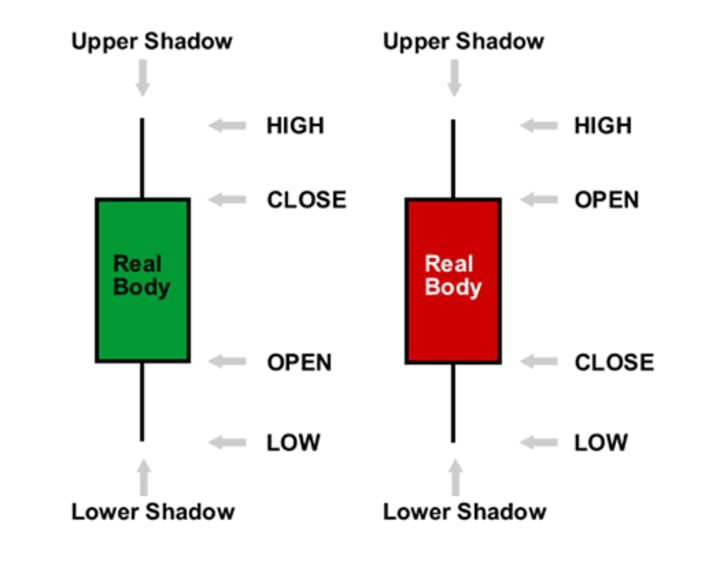15 Common conditions of the financial market
A brief breakdown of some terms associated with Forex trading

Before we start with the terminology associated with Forex trading, what exactly is Forex trading? Forex trading is the exchange (buying/selling) of virtual currencies and commodities on a decentralized online market. The Forex market (foreign exchange market) is the most traded market, churning out over 6 trillion dollars daily. Now for the terms;
1. Long: Going long in the Forex market means buying the base currency and selling the quoted currency at the same time
2. Short: Going short in the Forex market means selling the base currency and buying the quoted currency at the same time
3. Currency Pair: Used to display the exchange rate between two different currencies traded simultaneously in the foreign exchange market. Currencies are not traded separately, but in pairs.

4. Brokers: Brokers provide a platform through which traders can make assessments in the Forex market. i.e. they help traders execute their long or short orders
5. Candlesticks: Also known as Japanese candlesticks, they represent market movement. (either; up, down or sideways) in the foreign exchange market in a given period. it consists of a body and a wick, but in some cases it may consist of only a body or a wick.

6. Bears: The term bears is used to describe sellers in the forex market (traders who go short in the forex market)
7. Bulls: the term bulls is used to describe buyers in the forex market (traders who are long in the forex market)
8. Pip: A pip (percentage point movement) is a unit of measurement used in forex, just like "meters or pounds", it is used to measure the rate of movement/price change in the forex market for currency pairs and other commodities. A pip is represented as the fourth decimal place for most currency pairs except the Japanese yen pair, i.e. 0.0001
9. Pipette: This is a fraction of the pip movement, which is usually displayed as the fifth decimal place, i.e. 0.00001, for most currency pairs except Japanese Yen pairs
10. Spread: Spread in forex represents the difference between the bid and offer price of a currency pair or any other commodity, i.e. trading costs charged by the broker
11. Bid: This is the price at which market sellers are willing to sell a specific asset (currency pair or commodity)
12. Ask: Ask price is the price at which market buyers are willing to buy a specific asset (currency pair or commodity)
13. Lot Size: Represents the percentage of the trader's money (equity) the trader is willing to risk on a move in the forex market per pip. For example, 0.01 lot means that the trader is risking 10 cents per pip movement in the forex market. while 0.1 lot-size means that the trader risks 1 dollar per pip movement in the forex market. 1 batch = 100,000 units
14. Equity: This is the available equity that a trader has after deducting or adding losses or gains of open trading positions from/to the opening balance.
15. Leverage: This is a term used to describe the percentage of the trader's capital given to the trader as a loan from the broker. leverage allows traders to take larger market positions that their capital/equity alone would not be capable of, leverage is expressed as: 100 : 1, 500 : 1. and this means that for every 1 dollar invested they have access to 100 dollars trading leverage and so on
16. Margin: This is the minimum amount that a Forex trader must maintain/deposit in his trading account in order to place a trade order in the forex market through a brokerage. this can be determined mathematically: Total Lot Size / Leverage
Conclusion: There is a lot of terminologies associated with Forex, but these are some of the basic terms you need to know. we will explore other dates in the future.





Comments
There are no comments for this story
Be the first to respond and start the conversation.